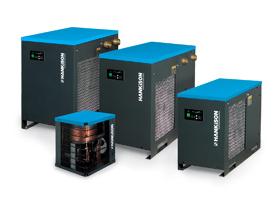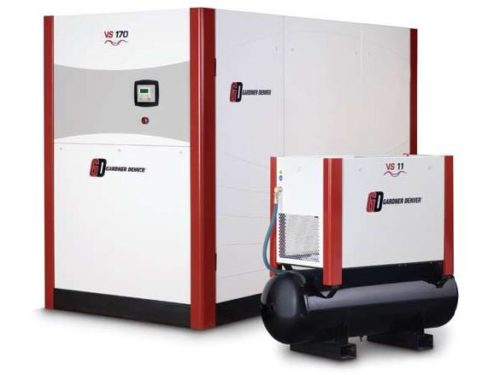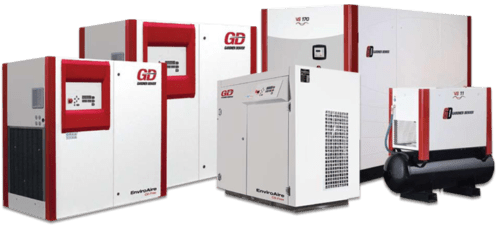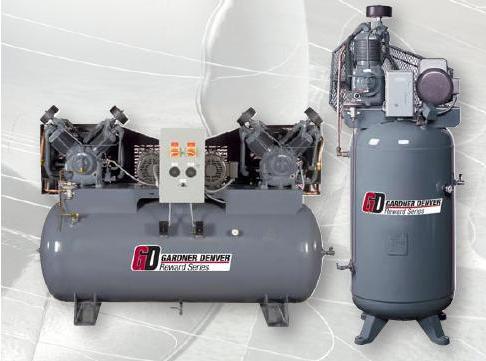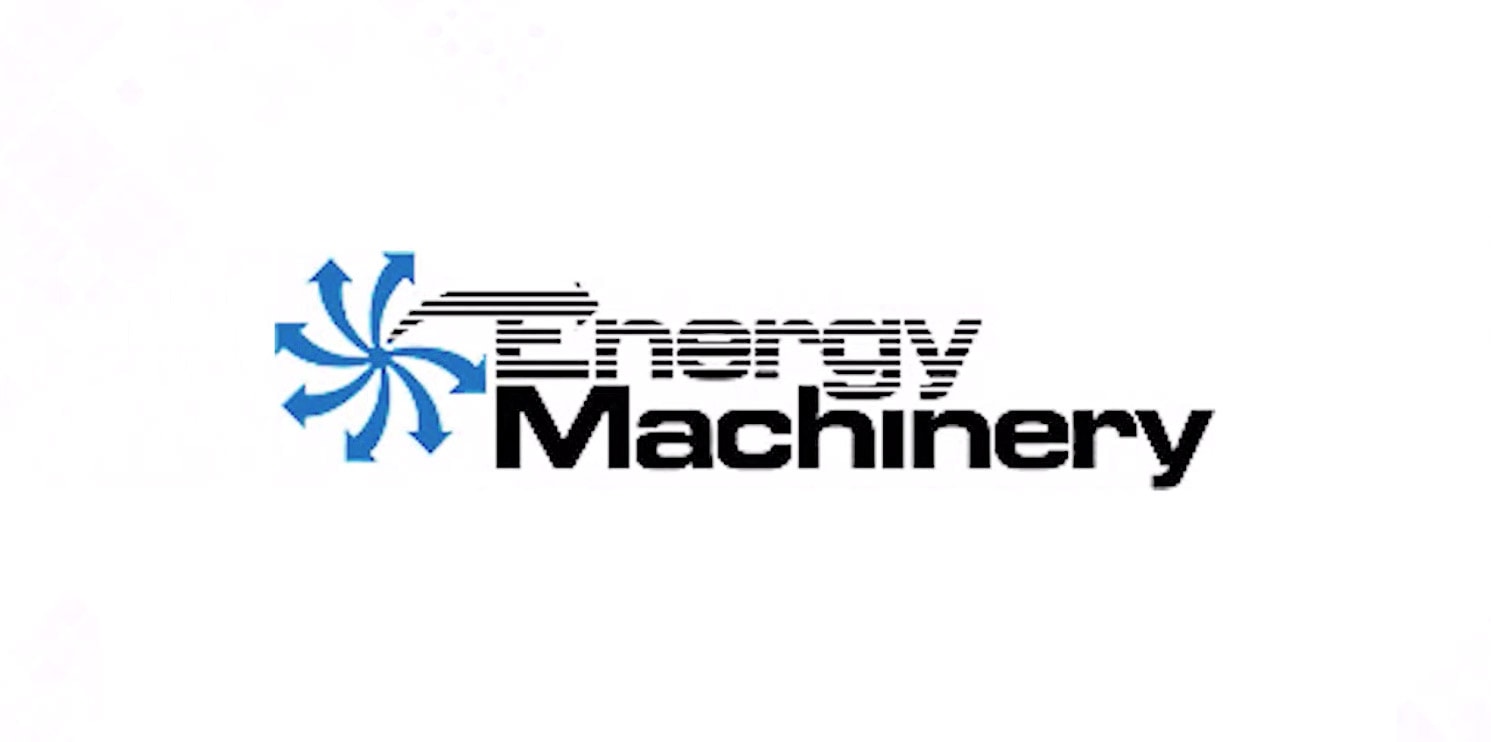Positive Displacement Compressor
Leave a CommentPositive Displacement Compressor
Compressors are mechanical equipment used in a wide variety of industrial and commercial settings to generate pressurized gas. They compress gas, most commonly air, by reducing its overall volume. The multiple compressor types vary based on the method of compression, power source, and capability to compress specific liquids and gases. In this blog, we’ll discuss positive displacement compressors, how they work, and what makes them different from other compressors.
What is a Positive Displacement Compressor?
Positive displacement compressors take in a higher volume of air per unit of time than they can release. The compressor pulls in air through a relatively larger inlet system, and the gas becomes pressurized while being forced through the smaller outlet. The mass flow rate controls this compression so that operators can compress air at different pressure levels to best suit the needs of various applications.
Some different types of positive displacement blowers include:
- Diaphragm compressors
- Ionic liquid piston compressors
- Reciprocating compressors
- Rolling piston compressors
- Rotary screw compressors
- Rotary vane compressors
- Scroll compressors
How Does Positive Displacement Work?
At their simplest, positive displacement compressors draw a particular volume of gas into the compressor’s chamber and then decrease the size of that chamber. This action combines with an outlet system that forces the air to remain pressurized as it exits the compressor, resulting in elevated air pressures that operators can adjust and control. Each type of positive displacement blower uses different techniques to achieve air compression. For example, some compressors have pistons that gradually lower to decrease the available space within a chamber, and others have rotary screws that capture the gas at the inlet.
Some air compressors use oil as a lubricant by injecting it into the air as it’s compressed. However, most positive displacement compressors have oil-free or oil-less designs that don’t require this additional step. Oil-less air compressors don’t use oil at all, while oil-free compressors have lubricated parts that don’t contaminate air within the compressor’s air chamber. However, the lack of oil-based lubrication can result in less efficiency.
Positive Displacement Blowers and Vacuum Pumps
At Energy Machinery, we specialize in supplying high-quality blowers and vacuum pumps that fit each customer’s unique operational needs. Our positive displacement compression equipment includes these blowers and vacuum pumps:
- CycloBlower® Industrial Series Positive Displacement Blowers with Vacuum Pump. We offer several different positive displacement blowers with vacuum pump lengths ranging from 19-1/8 inches to 61 inches.
- DuroFlow® Industrial Series Positive Displacement Blowers with Vacuum Pump. Our selection of DuroFlow models includes a wide range of series and models to fit our customers’ needs best.
- 4500 Series Positive Displacement Blowers with Vacuum Pump. Our inventory includes extension model options with different dimensions to suit any system or application requirements.
Positive Displacement vs. Dynamic Compressors
Dynamic compressors are another type of fluid compressor that uses different mechanics from positive displacement equipment. Dynamic compressors work at constant pressure levels instead of changing the fluid pressure between the inlet and outlet. Instead, dynamic compressors have different facial and radial designs, with high-velocity impellers that drive the gas through a diffuser where the air’s kinetic energy becomes static pressure.
This mechanism can create high levels of horsepower. While positive displacement compressors are the most common type used in industrial facilities, dynamic compressors (or turbo compressors) may have more value in settings that need extremely high levels of power.
Contact Energy Machinery for Your Next Positive Displacement Systems
Positive displacement compressors ultimately generate higher pressure levels by decreasing the available volume for captured air. The decrease in volume raises the pressure and results in high-pressure air escaping through the outlet. Operators can increase or reduce the capacity to control the fluid’s pressure.
If your facility needs positive displacement blowers and vacuums, Energy Machinery is here to help. We’ve offered high-quality supply and support services for nearly 50 years. Contact us today to learn more about our inventory or to place your order.

